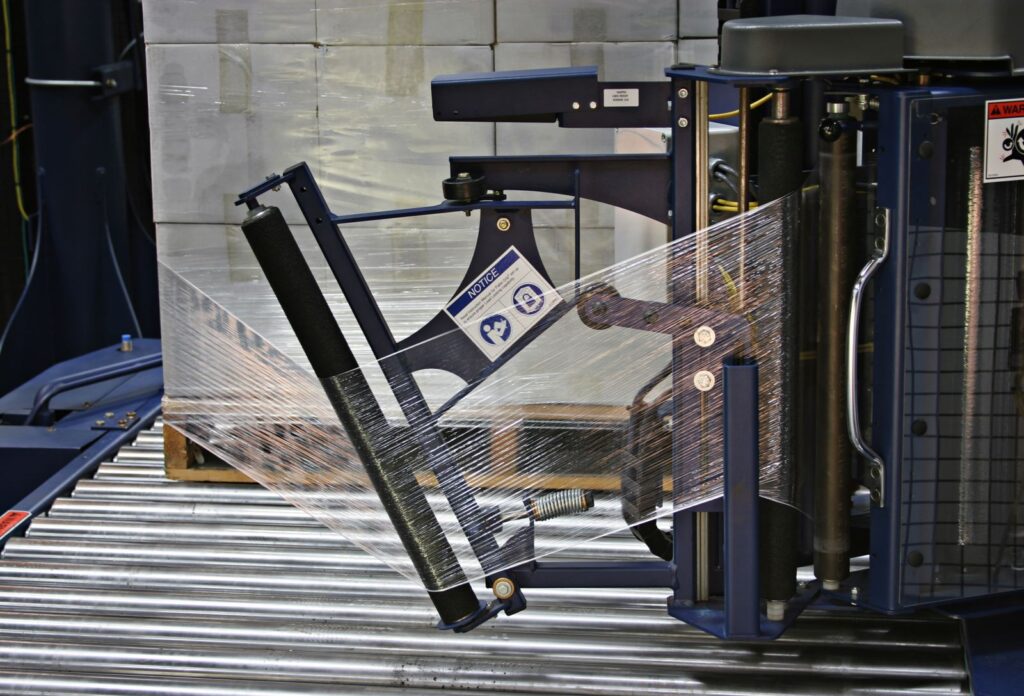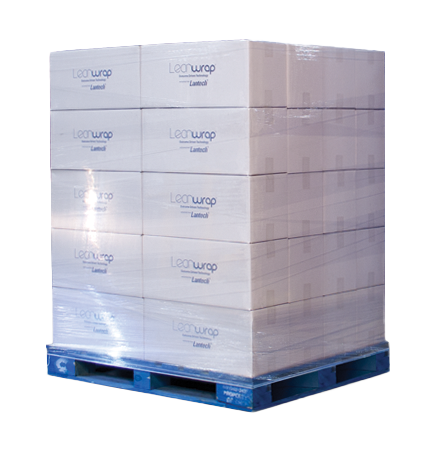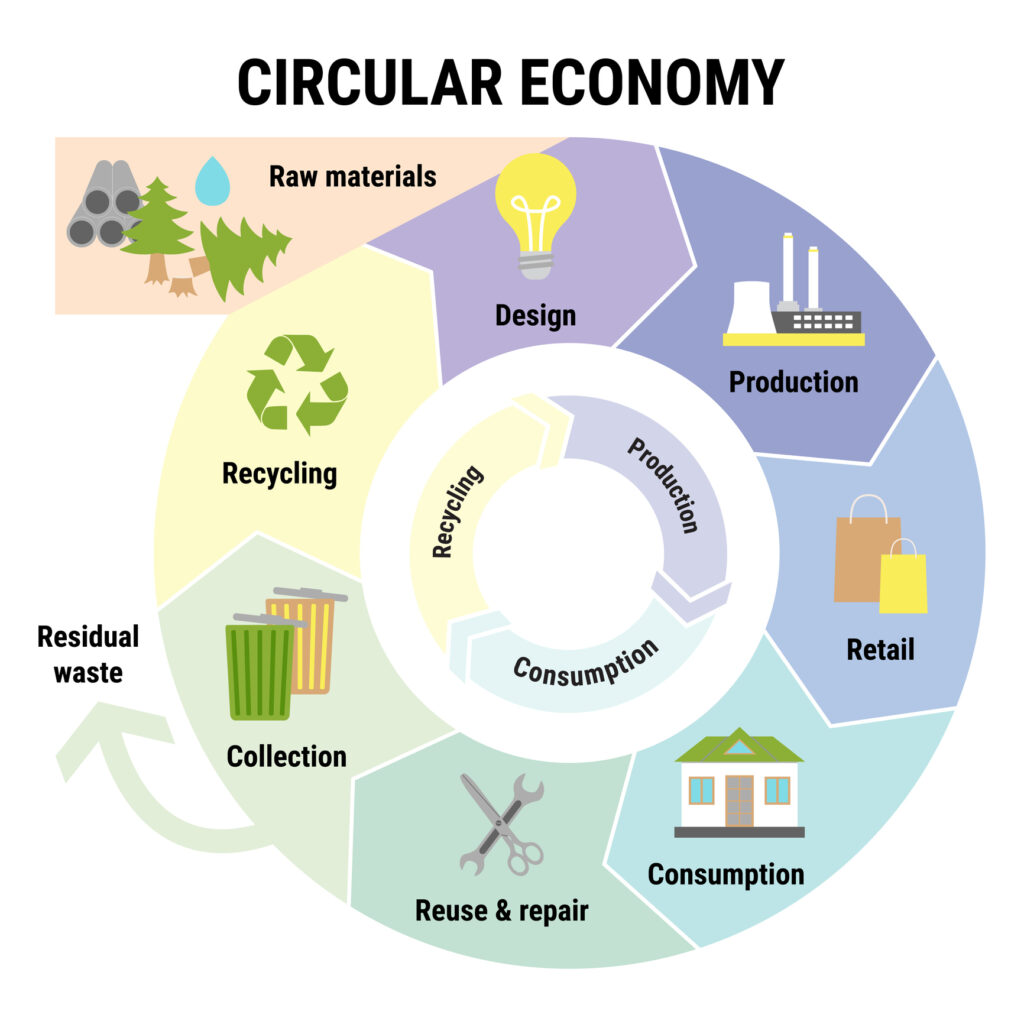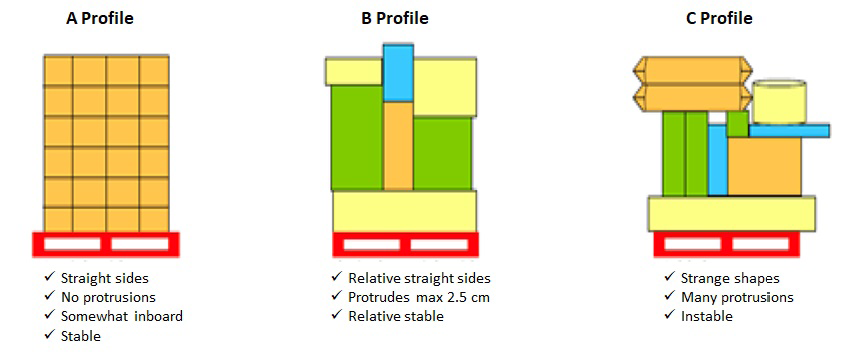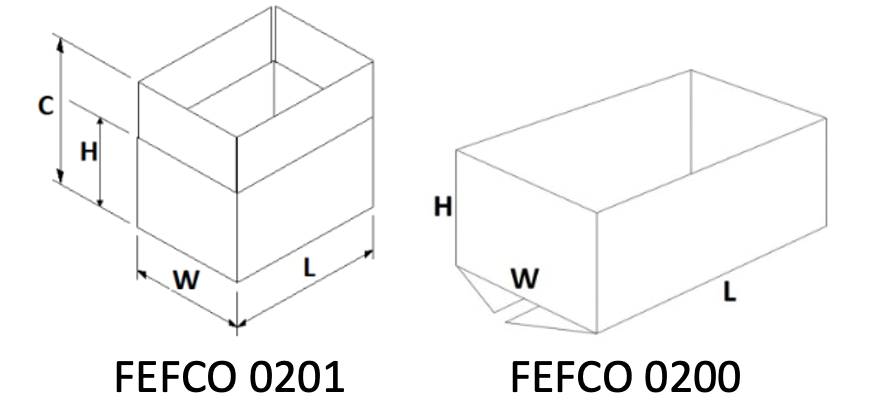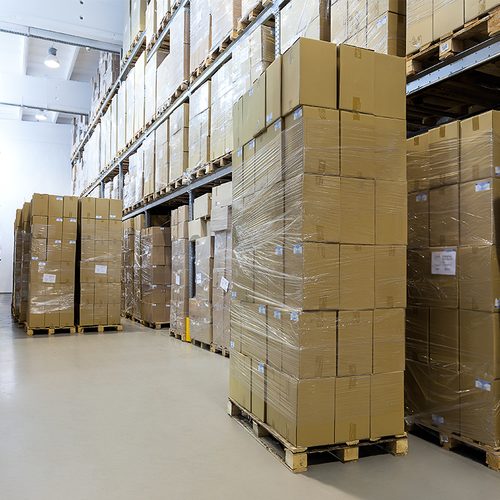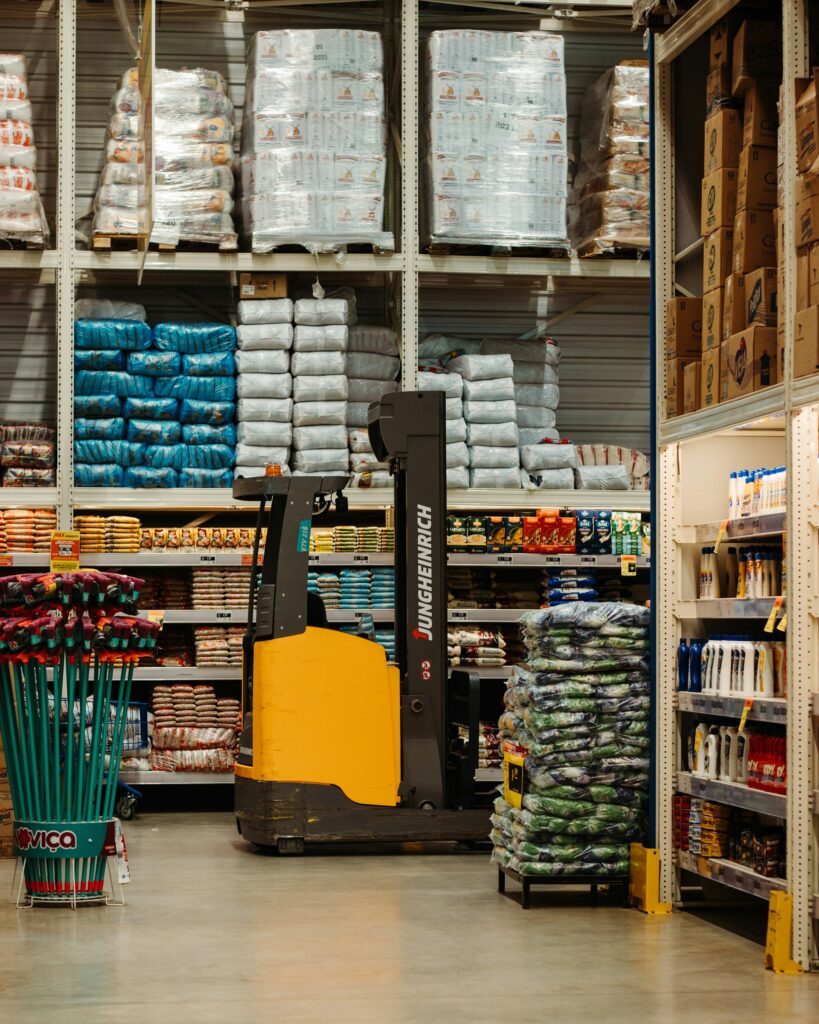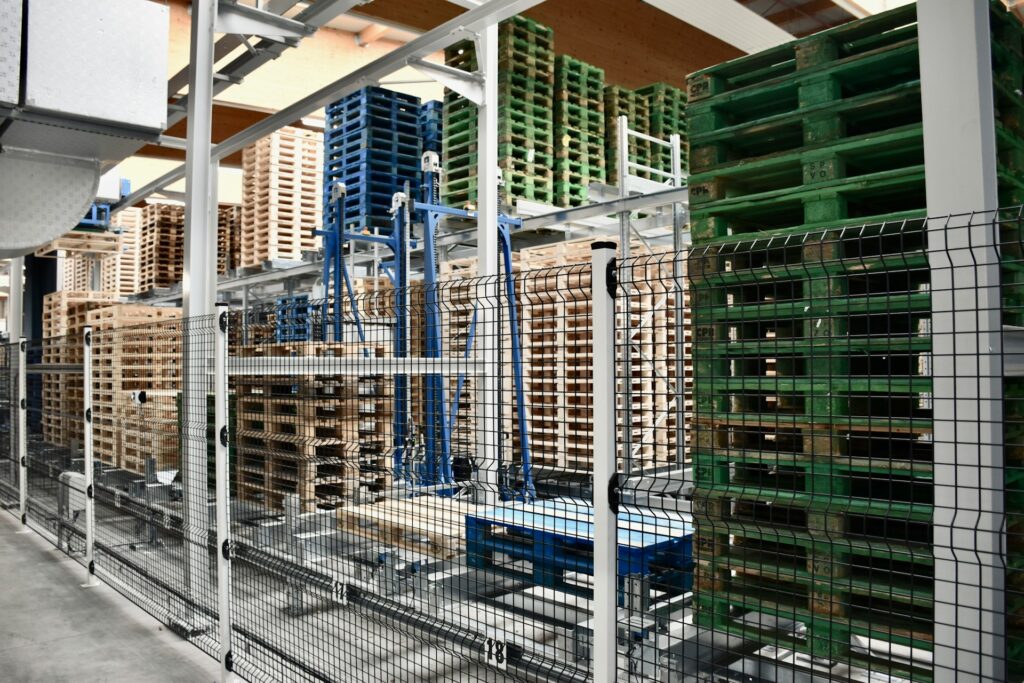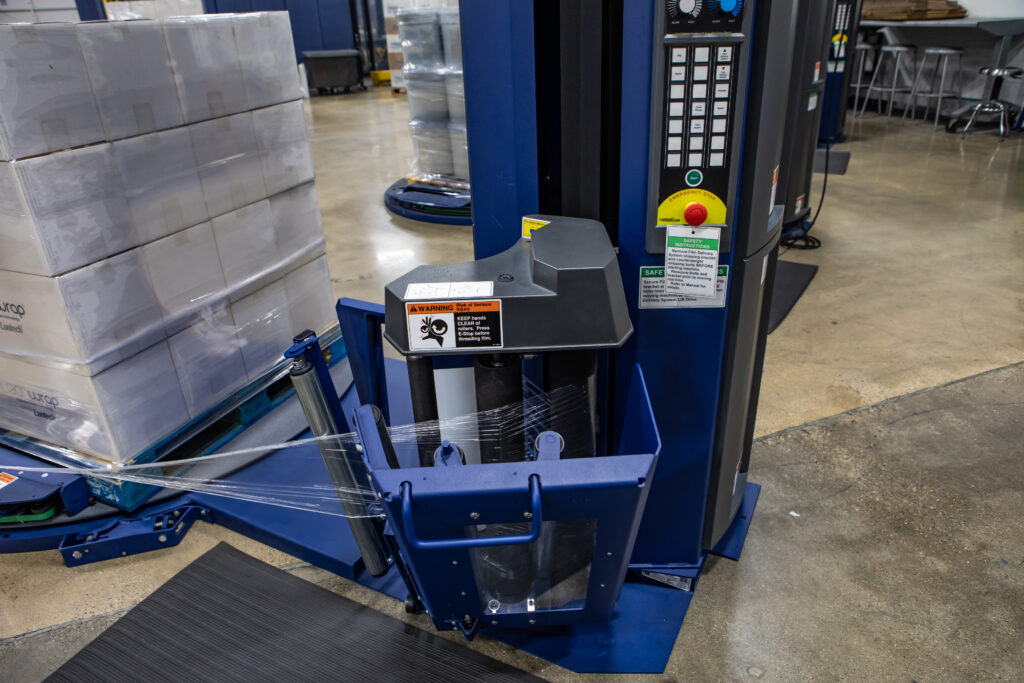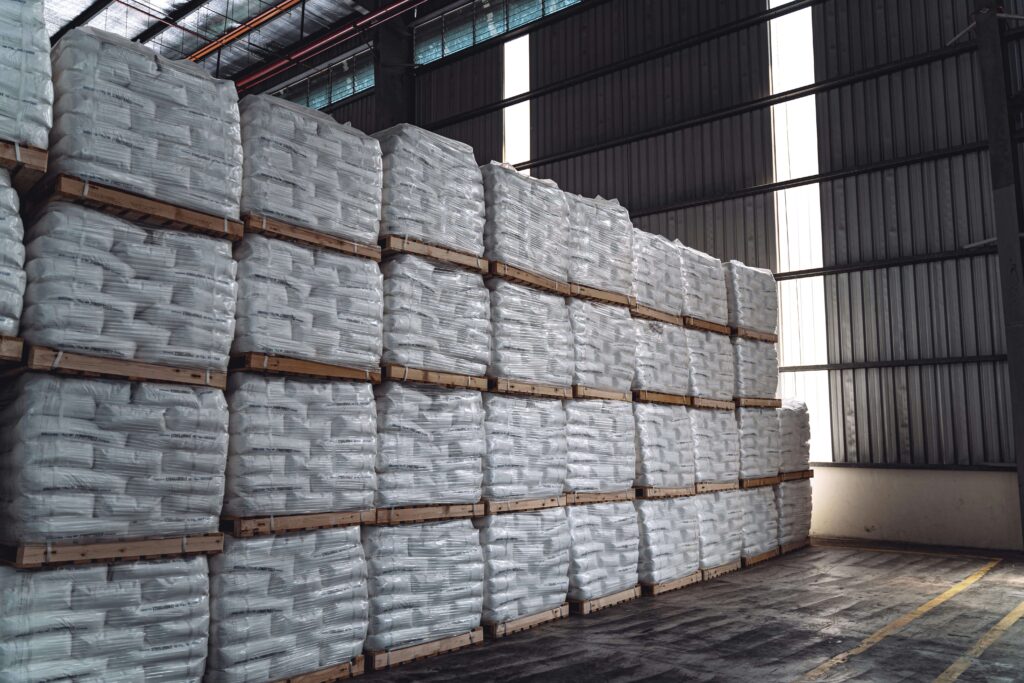Purchasing a stretch wrapper doesn’t have to be a complicated, painful process. However, spending some time answering a few, simple questions can help you find the right machine that balances your needs, budget, and efficiency.
Isn’t it just a choice between semi-auto and automatic?
Yes, you’ll need to choose between a semi-automatic or automatic stretch wrapping machine. However, there can be a surprising amount of variability and options within each of these categories. We have 15 questions below that will help you and your stretch wrapping machine rep navigate those options, but understanding why you should answer them is important.
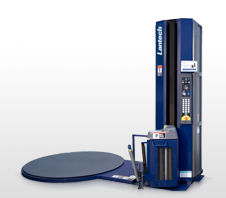 When it comes to stretch wrapping, pallet size matters
When it comes to stretch wrapping, pallet size matters
Things like pallet size, load height, and load weight can have a big impact on which machine will work best.
If the pallets you normally use are larger than the commonly used 40-by-48 in pallets, you might need a larger turntable or wrap zone. Using pallets that extend past the turntable or wrap zone can be dangerous, so it’s important to get the right size.
Your load height also has an impact on the size of machine components. For instance, the standard wrap height on a semi-automatic stretch wrapper in 80in tall. If your loads are going to be taller than that, they you will need to consider an extended mast.
Extremely light or extremely heavy loads also should be taken into consideration when looking at options. A stretch wrapper with a top platen is sometimes used to stabilize or hold down light or unstable loads.
While a straddle style wrapper with a wrap arm that rotates around the pallet is more appropriate for extremely heavy (greater than 5,000 pounds) loads.
The 15 questions you should be asking
Each of these 15 questions will help you narrow down your stretch wrapping machine requirements, and help you focus in on the options you might like to add.
- What are you wrapping?
- How are you doing it now?
- How many loads a day?
- Are you experiencing shipping damage? If you are, what is the damage caused by?
- Will the load rotate and stay intact?
- What pallet size do you use?
- How tall do you stack your product?
- How much would the heaviest pallet weigh?
- How much would the lightest pallet weigh?
- Do you have a requirement to weigh your loads? If yes, why are you weighing them (quality control, accurate bill of landing for less-than-truckload carriers, etc.)?
- How would you load the pallet on the stretch wrapper? Pallet jack or forklift?
- Do you have partial layers (random items thrown onto the load that would need to be secured via hand wrap)?
- Does the product overhang the sides of the pallet? If yes, by how much?
- How many pallets would you be wrapping each hour or total in a day?
- Are you operating 1, 2, or 3 shifts?
Get more information on the key decisions around buying a semi-automatic stretch wrapper collected in one compact, easy to read guide. Download our free Stretch Wrapper Buying Guide now.
You may be interested in these related posts:
- Retrofits: A Great Way to Extend the Life of Your Stretch Wrapper
- 3 Benefits to Swapping Out Your Old Stretch Wrapper for a New One
- 5 Things People Forget When Buying a Semi-Automatic Stretch Wrapper
This post was published on July 26, 2016 and updated on November 22, 2019.
July 26, 2016


